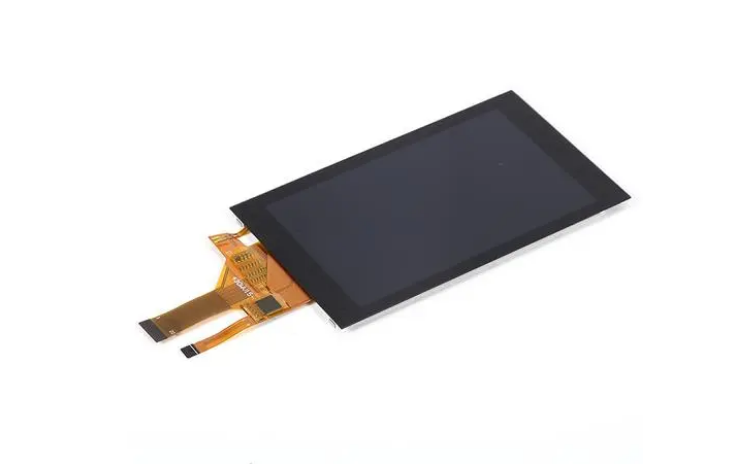Key Performance Indicators in the Production Process of TFT LCD
TFT LCD (Thin Film Transistor Liquid Crystal Display) technology has revolutionized the electronics industry and is widely used in various devices such as smartphones, tablets, televisions, and computer monitors. The production process of TFT LCDs involves several critical performance indicators that play a vital role in ensuring the quality and efficiency of the final product. In this article, we will explore these key indicators while incorporating recent hot topics related to the TFT LCD industry.

1. Resolution:
Resolution refers to the number of pixels in a display. Higher resolution LCDs offer sharper and more detailed images, enhancing the user experience. Recently, the demand for higher resolution displays has increased significantly, driven by the emerging trends in gaming, augmented reality (AR), and virtual reality (VR) applications.
2. Refresh Rate:
The refresh rate indicates how many times per second an image is refreshed on the display. A higher refresh rate results in smoother motion and reduces motion blur. This is especially important in gaming, where fast-moving scenes require a high refresh rate for an optimal experience. With the growing popularity of esports and online gaming, there is a rising demand for displays with higher refresh rates.
3. Color Gamut:
Color gamut refers to the range of colors that a display can reproduce. A wider color gamut provides more vibrant and accurate colors, resulting in a more lifelike visual experience. Recently, the increased interest in content creation, graphic design, and photo editing has fueled the demand for displays with wider color gamuts, such as those supporting the DCI-P3 or Adobe RGB color spaces.
4. Power Efficiency:
Power efficiency is a crucial indicator for portable devices, as it directly affects battery life. Optimizing power consumption without compromising display quality is a constant challenge for TFT LCD manufacturers. With the growing concern for environmental sustainability and the need for longer-lasting batteries, the development of power-efficient displays has become a significant focus in the industry.
5. Manufacturing Yield:
Manufacturing yield represents the percentage of acceptable display panels produced during the manufacturing process. Higher yield rates indicate efficient production and cost-effectiveness. Recently, the global semiconductor shortage has affected various industries, including the TFT LCD market. Manufacturers are under pressure to improve yield rates to meet the increasing demand and mitigate the impact of the shortage.
6. Environmental Sustainability:
In recent years, environmental sustainability has gained significant attention in the electronics industry. The production process of TFT LCDs involves the use of chemicals and energy-intensive processes. Manufacturers are exploring ways to reduce carbon emissions, minimize waste generation, and adopt eco-friendly materials. This aligns with the global trend towards green and sustainable technologies.
Conclusion:
The production process of TFT LCDs involves several key performance indicators that shape the quality, efficiency, and sustainability of these displays. As the demand for higher resolution, faster refresh rates, wider color gamuts, and power-efficient displays continues to grow, manufacturers must continuously innovate and optimize their production processes. Additionally, the industry's response to recent hot topics such as the global semiconductor shortage and environmental sustainability reflects the dynamic nature of the TFT LCD market.




